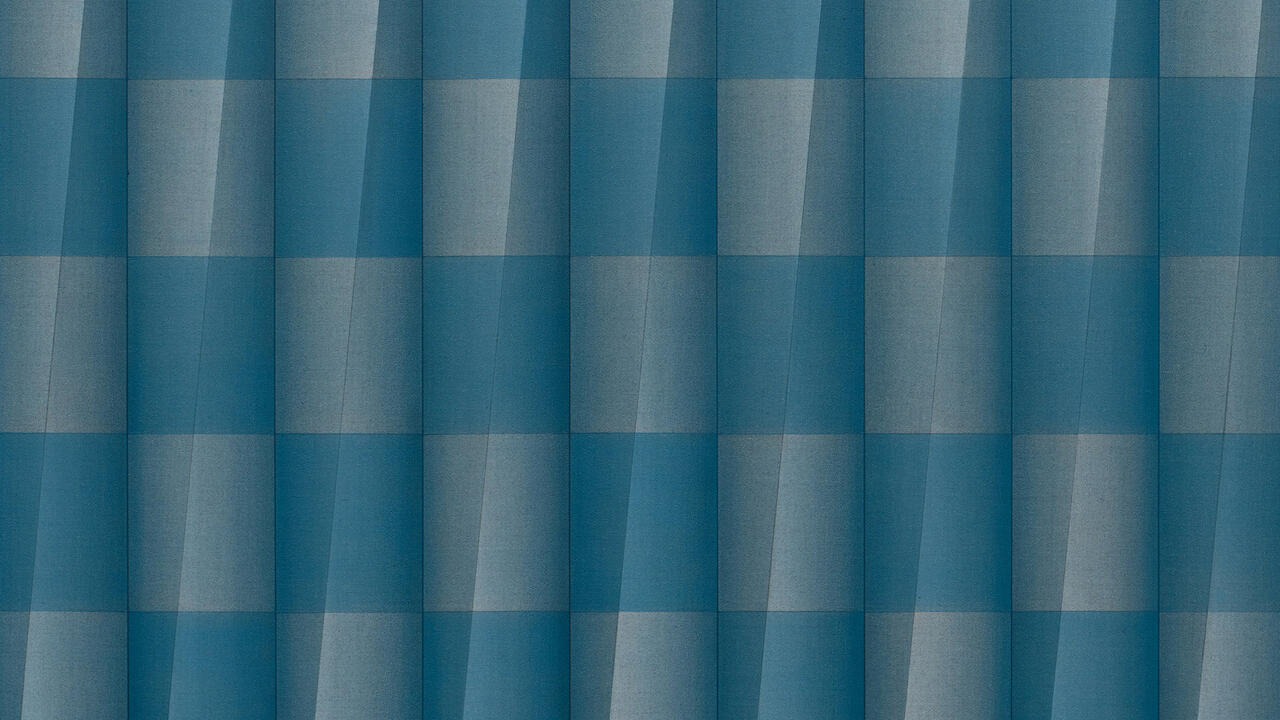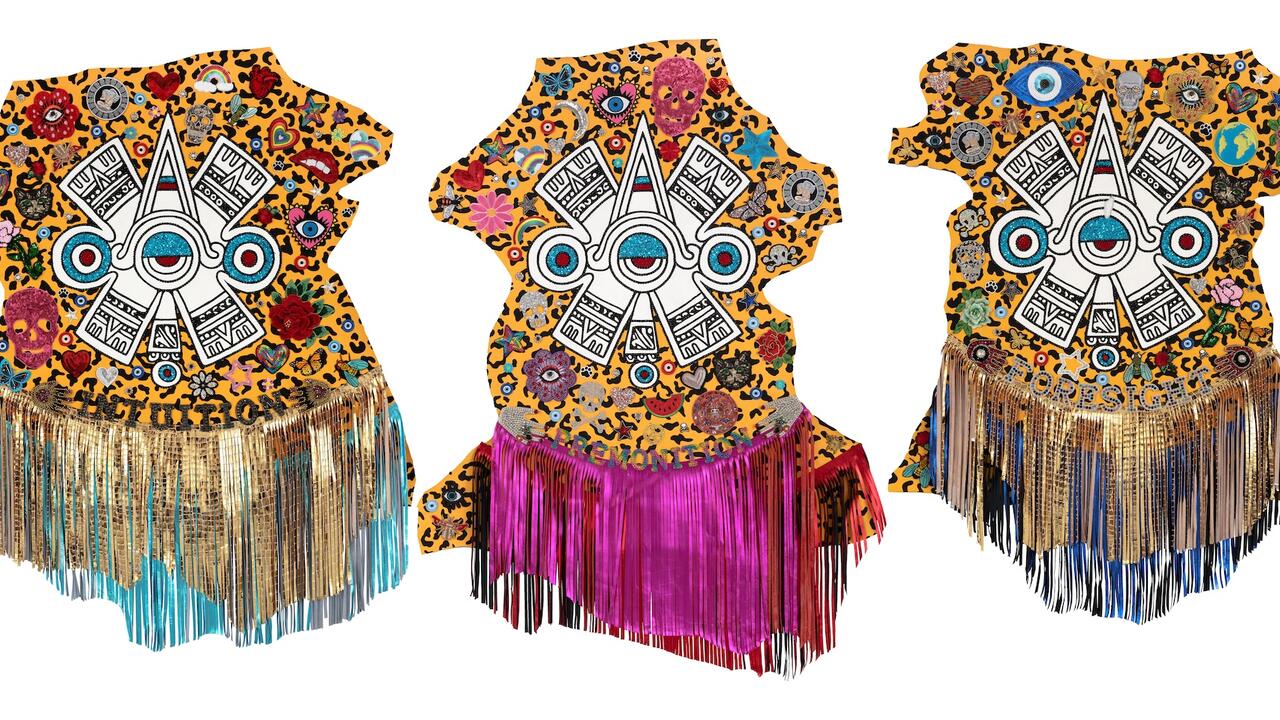Ghada Amer
Biographers of Jackson Pollock have made much of the fact that the artist associated his pouring technique with a childhood memory of his father urinating in distinctive patterns on sun-baked rocks while they were hiking on Indian trails. Ghada Amer's recent, writhing canvases are covered in the same kind of jagged, halting lines as Pollock's paintings, but - like the flip side to such an exquisitely masculine gesture - Amer has sewn her lines onto the canvas with a web of embroidery thread attached by gel medium. The canvases at first appear to be abstract, but half-hidden beneath the mass of thread emerge cartoonish, pornographic images of women. Sewn in repetitious patterns and in harsh, acid colours - hot, bubble-gum pinks, vibrant, synthetic greens - these voluptuous woman sit like self-pleasuring Barbies with their legs splayed out, masturbating and grasping their pendulous breasts.
Like clichés from the 50s, these kitschy, nostalgic images of male fantasy suggest the sun-kissed pin-up girls of Mel Ramos, Martial Raysse's bathing beauties or Jeff Koons' busty blonde bimbos. However, by sewing rather than painting the canvases, Amer employs a technique that indicates a kind of double submission or humiliation - indulging the male gaze by depicting a collapsed, hollow image of a woman designed for his pleasure that is made from embroidery - a metaphor for repressive, female domesticity and for solitary, long-suffering silence. Amer's images explore demeaning cultural stereotypes and reveal, in a tongue-in-cheek way, some of the ridiculous caricatures with which woman have been identified. Her women are further dehumanised by being presented as sequential and identical, implying mad women subject to multiple personalities, emotional exaggeration and psychological instability.
Simultaneously, Amer frustrates such a reading by presenting the women as auto-erotic and self-sufficient rather than passive and powerless; even the strands of thread evoke a mass of dyed punk pubic hair, subverting singular interpretations by rendering the figures as obscured and therefore unattainable. Although the thread clearly delineates the physical features of the women - from vulva, mouth and nipples to eyes, feet and hands - they still appear transparent and fragmented; blurred, they are rendered even more unrecognisable by the use of vulgar-looking, unnatural colour. Like optical illusions, the women loom and fade, indistinguishable one from another. This ambiguity - the way the images shift between an overtly masculine gaze and a traditionally feminine vision - is the work's greatest strength. In this sense, Amer references feminist artists such as Eva Hesse, Meret Oppenheim, or Annette Messager. Amer's work, however, projects less anger and outrage than a sense of fragility and tenuousness - broken gestures open to redefinition.
















